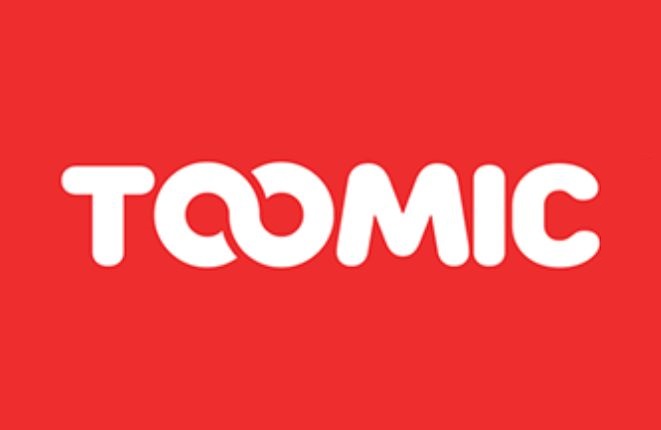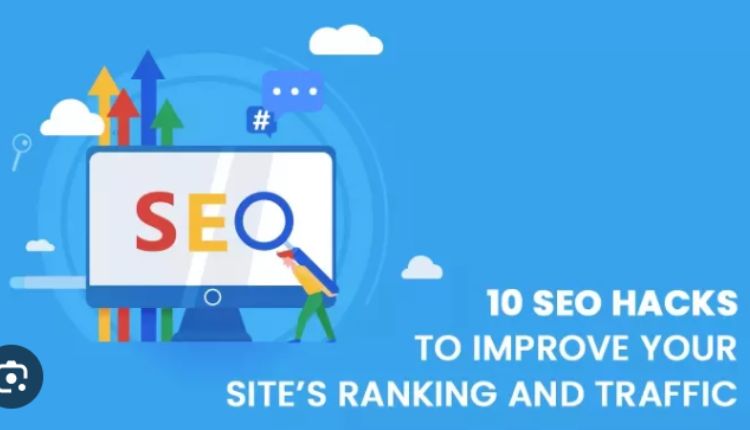When it comes to SEO, or Search Engine Optimisation, it’s essential to delve into the intricacies of user behaviour and click-through rates (CTR). In the digital landscape, understanding how users interact with search results can be the key to improving your website’s visibility and performance in search engine rankings.
The Role of CTR in SEO
CTR is a vital metric in the world of search engine optimisation. It measures the percentage of users who click on a specific search result out of the total number of users who view it. In other words, it quantifies the effectiveness of your website’s appearance in search results. Google’s NLP algorithms play a significant role in determining which results users see, making it crucial to understand how to optimise your CTR.
Entities, as recognised by Google NLP, are essential in SEO. These are specific terms or phrases that have a semantic connection to the topic you’re targeting. In this context, understanding the entities associated with your content and using them appropriately can enhance your chances of attracting the right audience.
Psychology Behind CTR
Now, let’s delve into the psychology behind click-through rates. When users enter a search query, they are presented with a list of results. These results often include a meta description that provides a brief overview of the content on the page. Users subconsciously assess these meta descriptions to determine which result is most relevant to their needs.
This is where the concept of semantic SEO comes into play. Semantic SEO involves using relevant keywords and entities to convey the content’s topic and intent. By aligning your content with the user’s query, you increase the likelihood of attracting clicks.
Consider, for example, a user in Sydney searching for an SEO consultant. They are more likely to click on a result that prominently features the term “SEO consultant Sydney,” as it directly matches their search intent. Google’s NLP algorithms recognise this semantic relevance and prioritise such results.
Building Trust and Engagement
Another critical aspect of CTR psychology is building trust and engagement. Users tend to click on results from websites they trust or recognise. This is where the credibility of your site and brand comes into play. If your website consistently provides valuable content and a positive user experience, users are more likely to click on your results in the future.
Incorporating user-focused entities and semantically relevant keywords into your content helps foster this trust. When users see your site repeatedly delivering what they’re looking for, they are more likely to click through, leading to higher CTRs and improved SEO rankings.
Optimising CTR for SEO Success
To optimise your CTR for SEO success, consider the following strategies:
- Conduct keyword research to identify semantically relevant terms and entities.
- Create compelling meta descriptions that entice users to click.
- Regularly update and refresh your content to stay current and relevant.
- Improve your website’s overall user experience to build trust.
- Monitor and analyze your CTR data to make data-driven improvements.
The Impact of User Intent
User intent is a crucial factor in CTR psychology. Understanding what users are looking for when they enter a search query is essential for crafting relevant content and optimising CTR. There are generally four types of user intent:
- Informational Intent: Users seek information on a particular topic.
- Navigational Intent: Users want to navigate to a specific website or page.
- Transactional Intent: Users intend to make a purchase or perform a specific action.
- Commercial Intent: Users are in the research phase, considering a purchase in the future.
By tailoring your content to match the user’s intent, you can increase the relevance of your search results, resulting in higher CTRs. For example, if a user has transactional intent, your meta description should emphasise the ease of purchasing your product or service.
Mobile Optimisation
In today’s mobile-driven world, optimising for mobile users is crucial for CTR success. Mobile users often have different search behaviour and priorities compared to desktop users. Ensure that your website is mobile-responsive, and your meta descriptions are concise and tailored to mobile screens.
Furthermore, consider the local aspect of mobile searches. Many users on mobile devices are looking for immediate solutions nearby. Incorporate local SEO strategies and relevant entities to cater to this audience effectively.
Conclusion
In the ever-evolving world of SEO, understanding the psychology of click-through rates (CTR) is essential for achieving success. Leveraging semantic SEO, recognising user intent, and optimising for mobile are all critical components of improving CTR and ultimately boosting your website’s performance in search engine rankings. By continually analysing and adapting to user behaviour, you can stay ahead.

